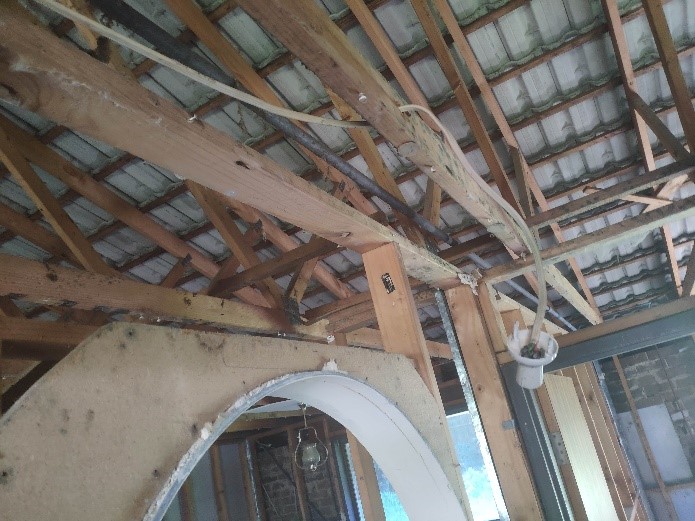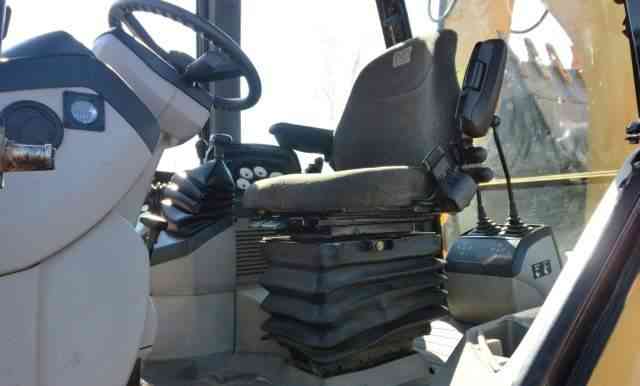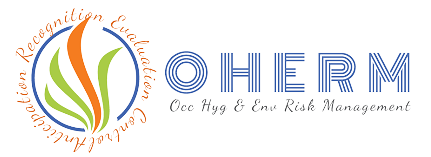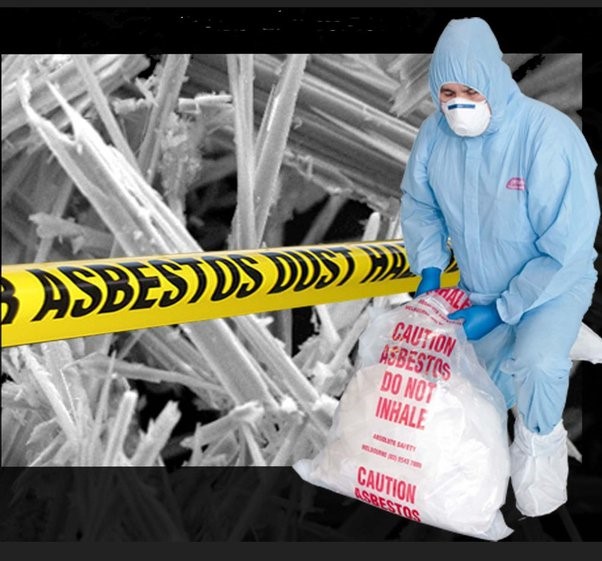The Australian Institute of Occupational Hygienists (AIOH) defines occupational hygiene as “The art and science dedicated to the Anticipation, Recognition, Evaluation, Communication and Control of environmental hazards in, or arising from, the workplace that can result in injury, illness, impairment, or affect the well-being of workers and members of the community. These hazards are normally divided into the categories Biological, Chemical, Physical, Ergonomic and Psychosocial”.
The International Occupational Hygiene Association (IOHA) has defined the Occupational Hygiene as “the discipline of anticipating, recognising, evaluating and controlling health hazards in the working environment with the objective of protecting worker health and well-being and safeguarding the community at large”.
HEALTH RISK ASSESSMENTS
The objectives of the Health Risk Assessment (HRA) are to systematically identify health hazards, assess potential health risks, prioritise the health hazards and associated risks, and determine appropriate control measures to protect the health and well-being of the site workers. The development of HRA usually requires participation, knowledge sharing and agreement from the managers, the occupational health, occupational hygiene, risk management, operations, and maintenance personnel of an organisation.
Contact OHERM to discuss a development or a review of HRA for your workplace.
![[Downloader.la]-6278826a9ff36](https://oherm.com.au/wp-content/uploads/2022/05/Downloader.la-6278826a9ff36.jpg)
AIRBORNE CONTAMINANTS
An average person can inhale from 3,000 to 10,000 litres of air depending upon type of work over an eight-hour working day. Many different types of air contaminants e.g. crystalline silica, fibres, dusts, diesel particulates, solvent vapours, gases, fumes or combination of these can be present in air at your workplace.
Human’s respiratory system defence mechanism can remove some contaminants, however, breathing in low levels of hazardous contaminants over a long period of time or high levels over a short duration can overload body’s defence mechanism, which can lead to adverse health effects.
In addition to respiratory system, some airborne contaminants can also affect other parts of human body including organs, eyes, ears, nose, mouth and skin.
Contact OHERM to discuss identification and assessment of airborne contaminants in your workplace.
AIRBORNE FIBRES
OHERM can undertake exposure air monitoring for asbestos fibres and provide clearance certificates for asbestos removal projects and contamination remediation projects to assist our clients comply with regulatory requirements.

INDOOR AIR
QUALITY ASSESSMENTS
The National Health and Medical Research Council (NHMRC) defines indoor air as air within a building occupied for at least one hour by people of varying states of health. This can include the office, classroom, transport facility, shopping centre, hospital and home. Indoor air quality can be defined as the totality of attributes of indoor air that affect a person’s health and well-being.
Poor indoor air quality can result in significant adverse impacts on the health of the occupants. Irritation of the skin, eyes and throat are some of the short-term symptoms; while, headache and drowsiness are some of the chronic symptoms often reported by the occupants affected by poor indoor air quality within their workplaces.
Some of the commonly assessed IAQ parameters include mould, bacteria, carbon dioxide, temperature, relative humidity, ventilation, airborne dust, nanoparticles and chemicals.
If you are concerned about Mould and IAQ affecting your business or home, contact OHERM to discuss identification and assessment of IAQ and Mould issues.
NOISE ASSESSMENTS
Excessive noise in the workplace can cause noise-induced hearing loss (NIHL) to the workers. The occupational NIHL is preventable but irreversible condition that affects many Australian workers.
Safework Australia stated that “Noise-related injuries are most common in the manufacturing and construction industries with technicians and trades workers, machinery operators, drivers and labourers most exposed.”
The noise survey and noise dosimetry help determine number of workers exposed to excessive noise and are potentially at risk of noise induced hearing loss. Requirements for pre-employment and subsequent audiometric testing for at risk workers are stipulated in the WHS regulations.
Contact OHERM to arrange comprehensive noise survey, personal exposure monitoring and evaluation of hearing protectors (earplugs / earmuffs) for your workplace

VIBRATION ASSESSMENTS
Many types of machinery, equipment and power-driven tools generate vibration which can be transmitted to the workers who operate them. The worker exposure to vibration is often measured as whole body vibration (WBV) and/or hand-arm vibration (HAV). Excessive exposure to vibration can cause a range of health issues such as lower back pain, muscle and joint pain, etc.
Operators of machinery and drivers and passengers of light vehicles and heavy mobile plants such as excavators, skid steers, dump trucks, front end loaders etc at workplaces can be exposed to harmful levels of whole-body vibration.
Hand-arm vibration is the vibration transmitted to the hands and arms of the workers during the operation of hand-held power tools such as jackhammers, chainsaws, grinders, drills, riveters and impact wrenches.
Contact OHERM to arrange comprehensive vibration assessment for your workplace.






